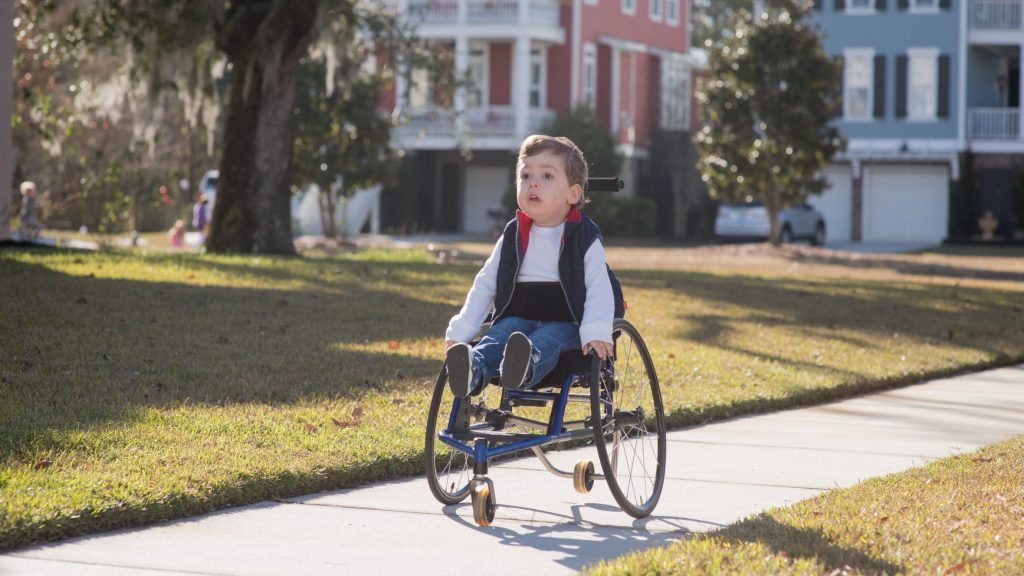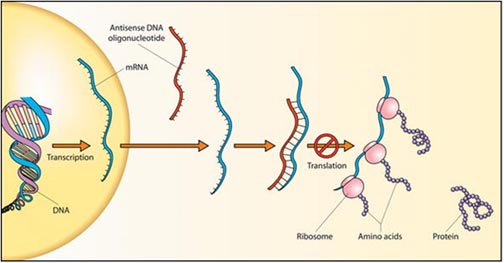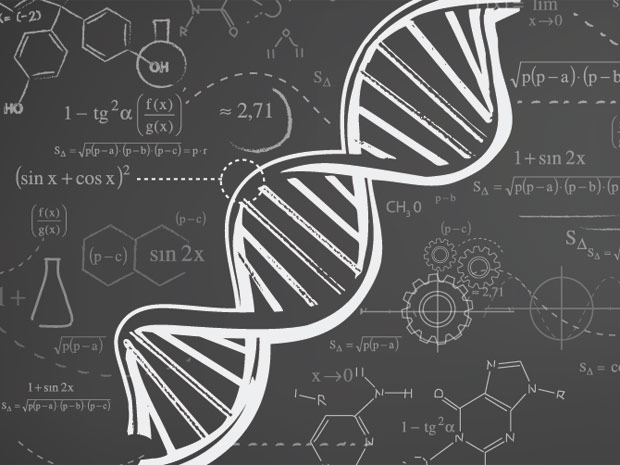
Cameron Harding was only a newborn when he stopped moving, but he wasn’t dead. He was awake, but couldn’t or didn’t move his limbs.
The doctor’s advised his mother that he had spinal muscular atrophy, a death sentence for babies. Most don’t last past two years. Cameron’s symptoms indicated he wouldn’t last one.
Today, thanks to a new class of medication called RNA drugs, Cameron is three years old.
The therapy, which hacks genetic strands, can reverse symptoms in diseases, but could it go further? If RNA drugs can repair faulty genetic code, could they also one day enhance otherwise healthy genetic code?
Cameron Harding
Little Cameron is part of a clinical trial, the effects of which one researcher compares to the Biblical story of Lazarus.
No doubt, Harding’s story is nothing short of a miracle, but Lazarus rose from the dead. Harding never died.
Unlike Lazarus, his results are not permanent, either. He must receive injections to his spine once every four months, to the tune of $375,000 per year.
It’s normal for clinical trials to cost more than their real-world products. It’s also normal for new products to cost more at first. That said, were this not a clinical trial, only the very wealthy could sustain such costs.
His results are enough that researchers have taken notice. This is good for the field of RNA drugs, and if they pan out, good for humanity.
It’s also potentially good for biohackers once RNA drugs go mainstream.
RNA Drugs
Harding’s case is a landmark one, but the science behind the class of drugs he’s taking is nothing new. These drugs are also not something your doctor can prescribe.
We’ve been toying with RNA strands since the ‘60s, but it was during the ‘90s we tested drugs made from RNA.
Think of RNA as copies of your DNA strands. Their purpose is to work in your cells to manufacture proteins. Most drugs work directly on the proteins produced, but RNA drugs replace the genetic instruction with new ones.
One of the first applications we used was in AIDS treatment before the famous cocktail came along.
What is pushing the formulas faster are developments in modern chemistry. With the speed we’ve advanced, coupled with stories like Harding’s, we may see an acceleration of RNA drugs in the coming years.
At present, more than 150 clinical trials are underway with various RNA drugs. Most of them focus on treating diseases like cancer, neurological disorders, and hormonal issues. RNA drugs may be the future of gender reassignment.
Hacking The Genome
Between the CRISPR-Cas9 and RNA drugs, we are meandering down a scary but exciting path to serious genetic reprogramming. We’re not there yet.
The difference between RNA drugs and the CRISPR methods is that CRISPR is easier to grasp for the layperson. RNA therapy is complicated, confusing if you’re not versed in genetics.
Also, RNA drugs have suffered some ugly side-effects in trials. In one case, the subjects of a test group for a biotech company, Alnylam, died for unexplained reasons. Researchers ended that test, but continue their research, believing they are close.
It will take years of failed tests, human guinea pigs, and a few brave souls before one can strap into a chair at the tattoo parlor for gene therapy.
Still, it looks like we are at the edge of some exciting times. This writer predicts that in the next ten years, nobody will talk about Nootropics. It will be all about gene therapy.
Source: MIT Technology Review


